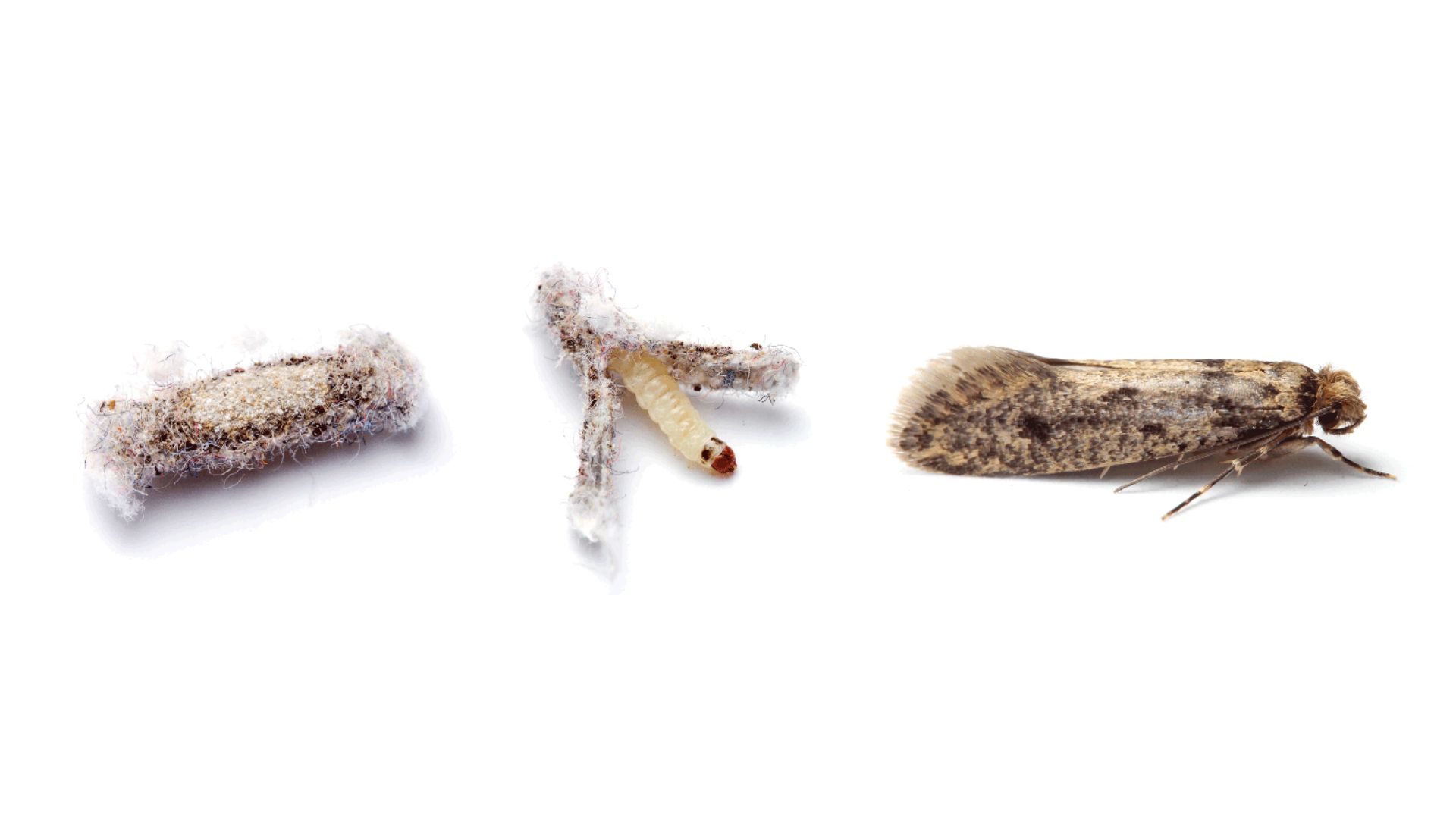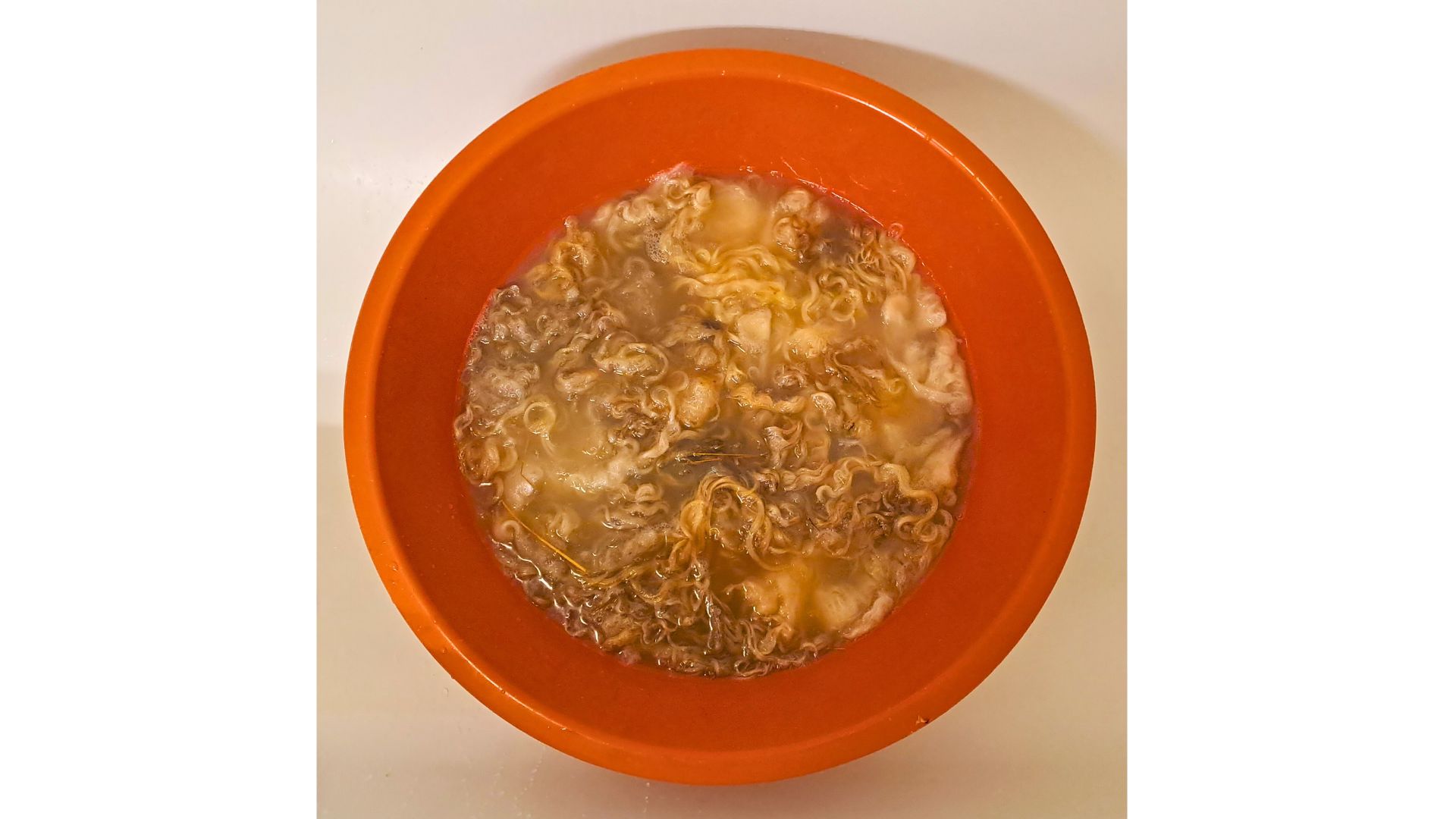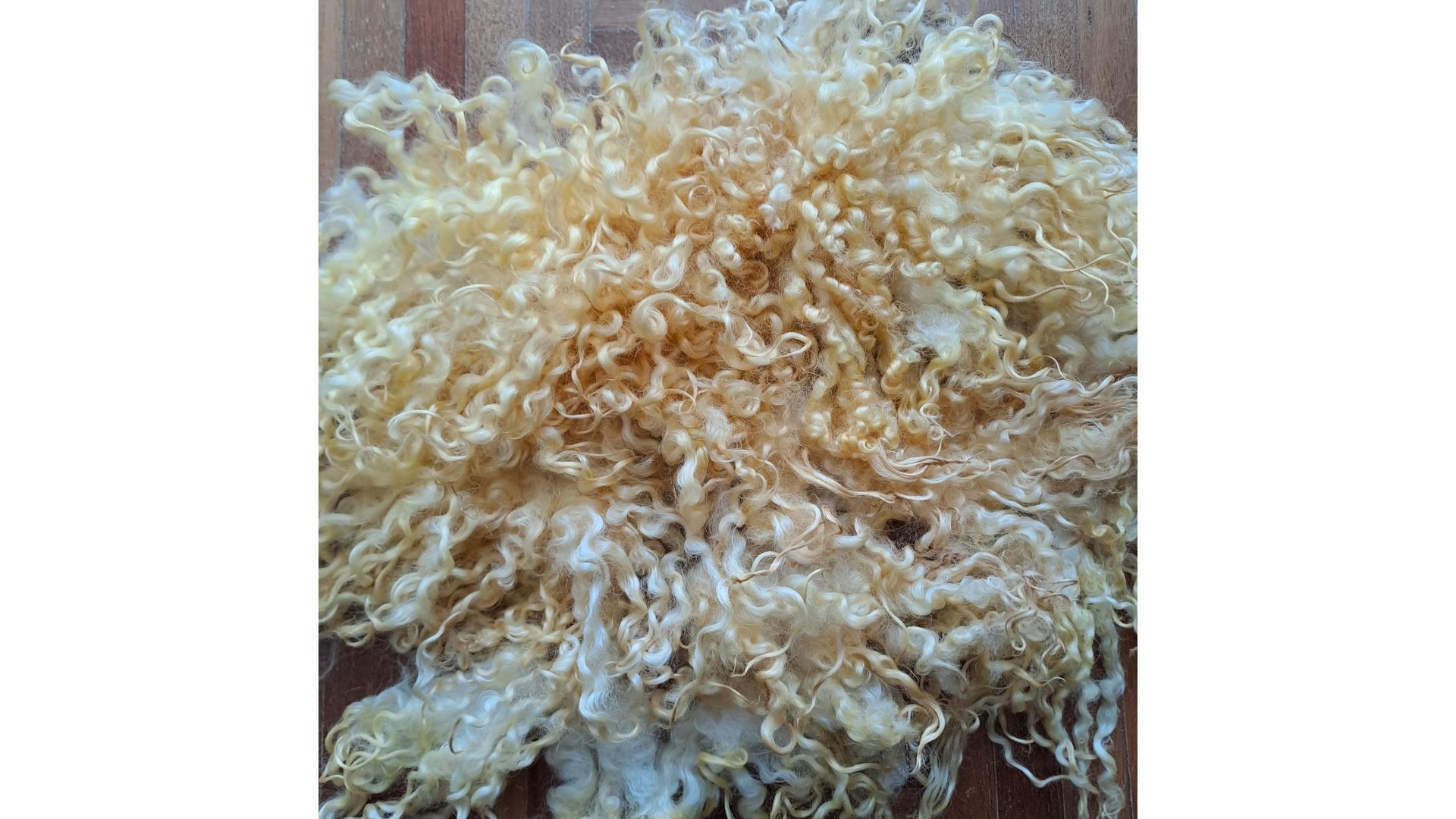How To Store Your Wool & Deal With Moths
Nov 04, 2023In 20 years of felt making I haven’t (yet!) had any issues with moths. It may just have been luck or because of the way I store my wool. It’s definitely not because I don’t have tons of wool in my studio 😊
Since I frequently get questions about how I store my wool, as well as how to prevent moth attacks, I’ve compiled what I know and what I could find from different sources to offer you information that hopefully can protect your stash from these pesky little fiber predators.
A SHORT WORD ON THE LITTLE CREATURES
There are many types of moths, and most of them are harmless for wool. So, as most felt makers know, we’re talking about the so called “clothes moths” here.
Moths go through four life stages: egg, larva, pupa, and adult. But it’s only in the larvae stage that they feed on fiber.
Keratin is what they’re after. This is a protein found in animal-based materials like wool, fur, hair, feathers, mohair, and even silk. If these materials are stained with food, perspiration, or oils, they become particularly vulnerable.
This means that for us felt makers, wool that still has a lot of lanoline or is undyed and unprocessed is the one we have to pay more attention to, because it’s very attractive to the little beasts.
 Source: https://content.ces.ncsu.edu/clothes-moths-carpet-beetles-controlling-fabric-pests
Source: https://content.ces.ncsu.edu/clothes-moths-carpet-beetles-controlling-fabric-pests
HOW TO PREVENT MOTH ATTACKS
Since it’s so difficult to get rid of moths when they find their way into your home or studio, your best bet is prevention. So, let’s start by looking at some ways to avoid attacks.
Avoid buying too much wool, so that you don’t have to store it for long. Let’s face it. We felt makers never have enough wool and we want it in every possible type and color. But it is true that moths are most comfortable when they’re not disturbed for a while. So, having your wool hidden away for some time will create the perfect conditions for them to feel at home.
Be mindful about what you bring into your home or studio. Apparently, moths can’t fly very far. So, the most common way they get into your workspace is through infested wool or other animal-based materials.
That means that if you, like me, love secondhand clothes, you should check what you buy for any signs of the little creatures and clean everything thoroughly before you put it away in your closet.
Another thing you should pay attention to is newly purchased wool. This is particularly important if you’re buying raw unwashed wool. And, in my view, having a wool supplier that you trust is very important.
If you work with fleece, you should scour it before storing. This means doing a deep cleaning to remove dirt and lanolin without felting the wool.
To be able to wash your wool without getting it to felt, you’ll need to soak it in hot water with wool detergent. But make sure you avoid drastic temperature change and don’t move the wool around in the water.
Place the hot water in a bucket or tub and then add the wool. Use a spoon to push the wool into the water without moving it around. Soak in hot water with detergent as many times as you need to get it clean. Then, add vinegar to the last soak (no detergent) to neutralize the soap in the wool. Allow it to cool naturally.
Additionally, you can store your fleece separately from the processed wool, just in case.
 Before washing
Before washing
 Soaking
Soaking
 After washing
After washing
Vacuum-sealed packs, airtight containers or even plastic bags can minimize the risk of moth infestation. This can both prevent them from getting in and getting out to spread into the next wool pile. And, yes, I’m aware that this can make your wool become a bit matted. But I see this as a tradeoff. I’d rather deal with sometimes having my wool get a bit matted than having a moth invasion.
Avoid storing wool in dark and damp places. The dark closet in your garage or basement is an insect magnet. Since moths hate the light, storing wool in a bright place, but away from direct sunlight is a great solution.
If this isn’t possible because of lack of space or any other reason, at least make sure you check your wool regularly and take it out into the fresh air now and again. You can also store it inside plastic containers with something that soaks up humidity, like old tea towels.
Cedar chips or oil, as well as lavender or lavender oil can be placed inside the containers to keep moths away. This doesn’t give you a 100% guarantee, but it helps, as long as you replace it periodically. So, it makes sense when combined with other prevention methods.

 Here are more detailed facts about the cloth moth that can help you understand its lifecycle, so that you can make your own decisions about wool storage.
Here are more detailed facts about the cloth moth that can help you understand its lifecycle, so that you can make your own decisions about wool storage.
 Source: “Felt: new directions for an ancient craft”, Gunilla Paetau Sjöberg
Source: “Felt: new directions for an ancient craft”, Gunilla Paetau Sjöberg
After sharing these suggestions with you, I thought it would make sense to tell you what I personally do.
I store my wool in plastic bags and in plastic containers and I’ve never had problems with moisture. This, of course, will greatly depend on the type of climate you live in. But it works for me.
I know it’s not the best solution because wool needs to breath. But I see it as a tradeoff. The other alternative would be to only have a small amount of wool at home, which I know will never happen.
I’d also love having it out in the light (these containers all live in a closed closet), but I just don’t have enough room for that at home. So, this is the most realistic solution I could come up with.
 I also have lavender sachets all over the place. Not only do I put dry lavender in the fabric bags, but I also routinely sprinkle them with lavender oil.
I also have lavender sachets all over the place. Not only do I put dry lavender in the fabric bags, but I also routinely sprinkle them with lavender oil.
As I said, it may happen in the future. But, in 20 years of felting, I have never had moth problems.
WHAT TO DO IF YOU GET MOTHS
The information I’m sharing here is based on what I’ve collected during my research on the topic, since, as I mentioned, I (fortunately) have no experience with the little beasts.
- Remove everything from the affected area and check all the wool to look for damage. Even the wool that doesn’t seem to be affected will benefit from treatment. There may be eggs in there, even though you don’t see anything suspicious. Think prevention!
- Throw away anything that is in really bad shape!
- There are chemicals for treating affected wool, but I won’t go into those. If you’re interested in a solution with chemicals, please research the available products.
- The other option is treating with temperature. You can either put your wool in a plastic bag in the freezer for up to 2 weeks or opt to soak it in hot water (60⁰C/140⁰F or above) for about half an hour. These extreme temperatures are enough to kill the insect in all stages of its life cycle. If you decide to soak the wool, follow the instructions above. Don’t agitate it while it’s in hot water and don’t change from hot to cold to prevent felting.
- Make sure you dry your wool completely and clean your shelves or drawers thoroughly before putting it back. Place cedar wood or lavender bags around the wool.
Remember that your finished products can also be targeted by moths. So, remember to check those out regularly as well. Airing felted items often and spraying them with lavender oil are a couple of possibilities.
Get fresh tips, video instructions, news about class registrations, as well as exclusive early bird offers directly into your inbox.

